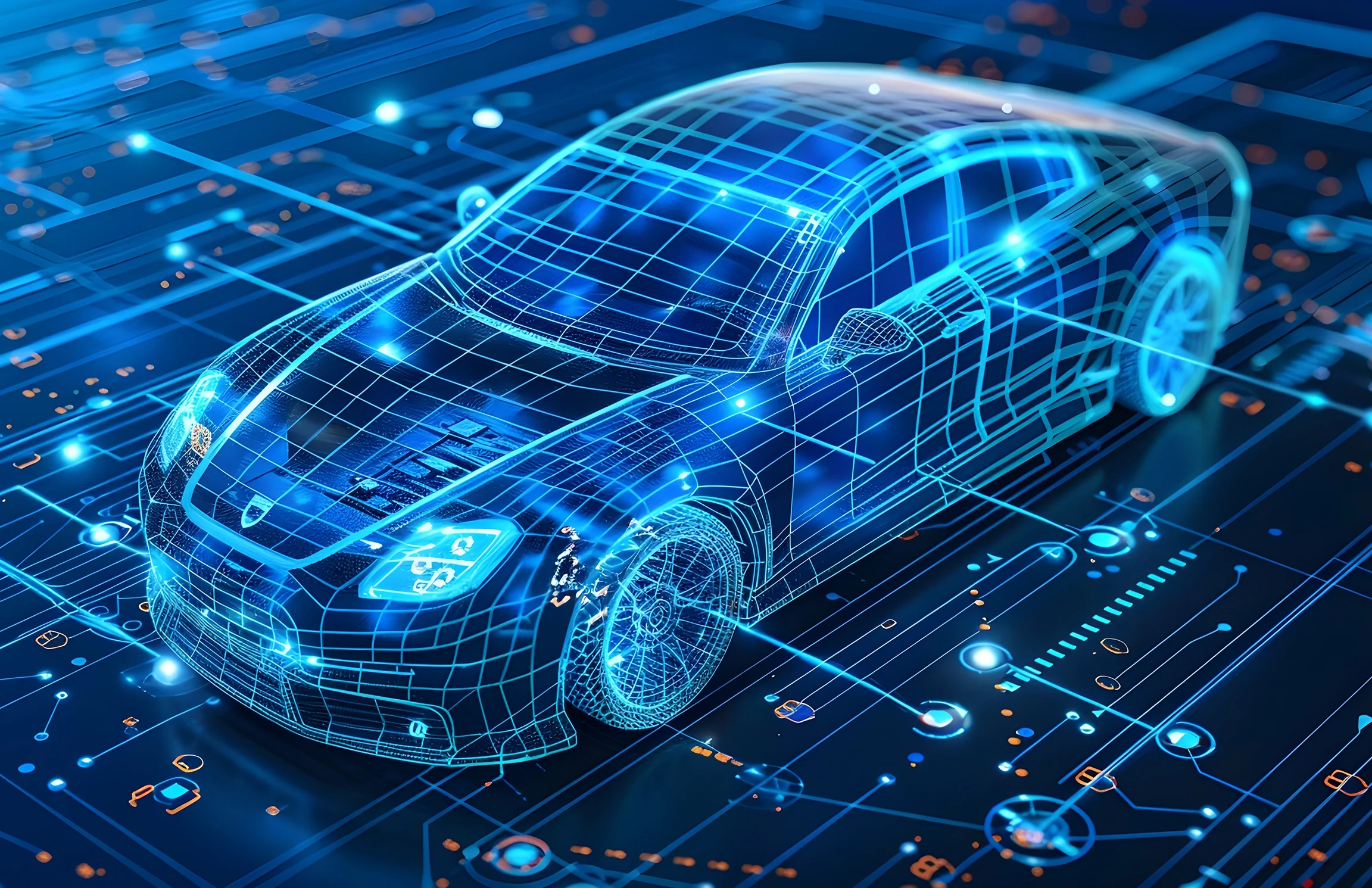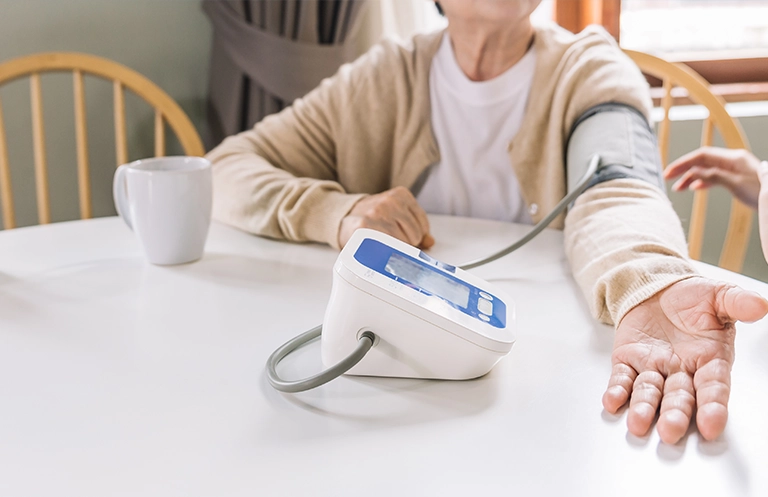Today, during this COVID-19 pandemic, service robots are playing a critical role in maintaining social distancing. They are performing “dull, dirty, repetitive, risky” jobs of infectious disease management, reducing the chances of medical staff being infected. Shortly, we may experience a widespread adoption of service robots across a range of industry applications.
What is a Service Robot?
According to the International Organization for Standardization, a “Service Robot” is a robot that frees humans by performing some useful tasks for them. These robots serve human beings by performing tasks that range from partial-autonomous with human intervention to fully autonomous including dull, dirty, monotonous tasks to complex & risky tasks that require a high level of accuracy, safety & productivity.
The jobs of robots may vary as per the service nature specific to the industry ranging from pick & pack in retail to warehouse automation in the logistics domain. Let’s look at some of the key advantages of Service Robots.
Top 5 advantages of using Service Robots
Many people fear that process automation or robots may replace their jobs however this may not always be the case. Robots offer many advantages resulting in enriching the organization’s overall operations and improving the lives of the human workforce who are very much important to ensure smooth operations. Below are the top advantages of Service Robots.
- Increased Safety– Worker’s safety is one of the primary reasons for organizations to deploy service robots to delegate tasks that are a high level of risks e.g. operating heavy machinery in the high-temperature environment. With this, service robots are also used for performing dangerous tasks while workers can focus on core task.
- Superior Speed- Service robots significantly improve productivity in all the assigned tasks by working all times. Like human beings, they don’t feel stressed or distracted, perform slower and even they don’t need time off except for routine maintenance. For instance, service robots assigned with cleaning or inspection tasks work non-stop.
- Huge Savings- With non-stop operations, service robots bring huge savings both in terms of cost & time. They can perform a large number of tasks non-stop in a given timeframe compared to their human counterparts. By deploying service robots, organizations could significantly reduce wastage of materials and insurance costs spent towards staff injury.
- Full of Perfection– Service robots are always on high to bring stable and accurate results. There are very few or no chances of making mistakes as they are programmed for high-precision, repetitive motion.
- Greater Consistency– Service robots are more consistent than human beings while performing any of their tasks with no mistakes while delivering high-quality. It performs the tasks with pre-programmed artificial intelligence that ensures accurate tool selection & movements, especially in performing medical surgeries like surgery for prostate cancer where robot can easily move into areas where surgeon’s hand can’t easily fit.
Adoption of Service Robots
According to research report published by MarketsandMarkets, the service robotics market is projected to grow from USD 36.2 billion in 2021 and is projected to reach USD 103.3 billion by 2026; it is expected to grow at a CAGR of 23.3% from 2021 to 2026.
The increasing adoption of Service Robots for new applications which provide high returns on investments and with rising use of IoT in robots for cost-efficient predictive maintenance are the key factors driving the need of service robotics market. Expert reports from the International Federation of Robotics confirms 27 billion USD in total market share in 2021. The number of new startups with the denomination of service robots constitutes 29% of the total amount of robotic companies recorded in the United States. Moreover, the COVID-19 spread urged on business units and few research groups to invest time and effort into the field of service robotics.
Service robots continue to automate the hospitality sector. These innovations pose to vastly change the current delivery practices, service production and, consequently, marketing strategies and service management. Hardware component of service robots is hoping to have a larger share of the market compared to software component. This can be credited to the innovative designs needed on the hardware side. Also, Ground service robots are likely to dominate the market as Ground robots are used for a wide range of applications like cleaning, surgeries, communication through telepresence and assistance, and elderly care. Due to rapid increase in world population and in nuclear families, the demand for household robots for education, cleaning, entertainment, elderly assistance, and hobby purposes is expected to rise. Furthermore, North America to hold the substantial share of service robotics market throughout forecast period. The factors driving the service robotics market in the US include increasing aging population, the high per capita income, shortage of labor due to stringent immigration laws, and ongoing research programs.
How Service Robots are playing a key role in serving human lives during COVID-19 Pandemic?
The novel coronavirus outbreak has become a global stress test now as it has infected millions of people around the world impacting serious implications on people’s health, businesses, & overall economy.
Social distancing emerged as one of the most effective solutions making “Home as a Headquarters” to minimize the spread of COVID-19. This calls for “Service Robots” to serve human beings ensuring people maintain their social distancing.
Service Robots can execute the jobs of healthcare personals without being in close contact with the infected person. Their tasks could range across the healthcare segment including taking patient’s temperature, gathering bedsheets, disinfecting hospitals with UV light, collecting patient samples, automating lab tests, video-conferencing between patients & doctors, identifying the infected or making sure people comply with quarantines or social distancing requirements.
Robots, which are typically used in retail and hospitality scenarios, were modified to perform tasks that can help keep the hospital safer for everyone, especially doctors, healthcare workers to keep a safe distance from patients, and still help them in isolation cope.
Below are a few real-world examples:
- Walmart, America’s biggest retailer is using robots to clean its floors
- Robots in South Korea are used for measuring temperatures & distributing sanitizers
- In Bulandshahar (India), Robots help in maintaining social distancing by giving food, medicines to patients
- AIIMS Delhi to deploy robots to assist doctors, patients in COVID-19 wards
- Hospital in the United States deploys Moxi robot to support nurses
- Xenex Corp has deployed its disinfection robots to more than 500 hospitals
- MTR Corp., the Hong Kong subway system, is using Vaporized Hydrogen Peroxide (VHP) robots to disinfect rail cars
Outside of the medical sphere, robots could also help keep the economy and infrastructure going by standing-in for humans in factories or vital utilities like waste management or power plants.
Different use cases of Service Robots across industries

Technology components of Service Robots
Robots have been transformed from just performing tasks to doing a lot more intelligently by leveraging the power of AI/machine learning (using some of the industry-leading platforms like NVIDIA Jetson), machine vision, & so on. Some of the key trends today include AI integration, cloud-connected robots, the emergence of robotics development platforms, evolving business models like Robot as a Service.
From an architecture perspective, the key building blocks of service robots include hardware, actuators, control system, HMI, GPS, a navigation system, sensor ranging various types including camera, LIDAR, & RADAR and emerging digital technology interfaces (like cloud, AI / ML).
Below are key highlights of robotic development platform solutions from the world’s top organizations to build robotics applications-
- AWS RoboMaker– This offers developers a complete cloud-based solution to simulate, test & deploy the robotic applications at scale. It provides multi-robot simulation, CI/CD integration, machine learning, and integration with AWS services. Its sample simulation applications come with pre-built scenarios from indoor rooms, retail stores to racing tracks
- Google Cloud Robotics Core is an open-source infrastructure to build robotics solutions. It provides access to Google cloud services such as AI/machine learning, logging & monitoring, natural language, vision, and robot-cloud communication to develop “cloud-connected robots”. It will also use Google Cartographer for 2D & 3D real-time simultaneous localization and mapping (SLAM).
- Microsoft has introduced Robotic Operating System (ROS) for Windows 10 that gives robotics developers with a variety of libraries, tools, rich AI & cloud features to help them program robots more efficiently
Conclusion
Possibilities for the adoption of service robots are enormous, for instance- we can imagine a use case in the future around delivery robots bringing food or essential services to quarantined people at their doorstep, preventing delivery workers from infecting them. Service robots have been penetrated in many fields & the fact that these robots can be customizable as per specific business needs in terms of tasks & functions. By the time the COVID-19 pandemic has passed, service robots will be mainstreamed across a range of industry applications.
Leveraging its expertise in product engineering, IoT, AI/machine learning, eInfochips helps global players in the design and development of robots including hardware, software, mechanical & so on. For more information please connect us today.














